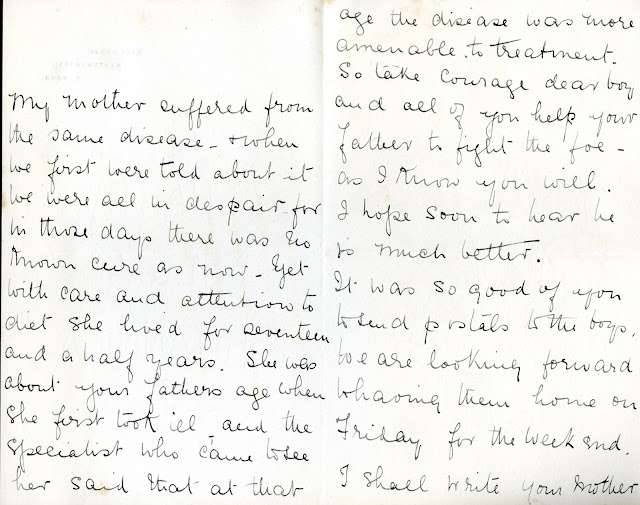 |
Men playing traditional Andean flutes.
Subseries 5B: Slides, Elayne Zorn collection,
National Museum of the American Indian, Archive Center. |
One of the reasons I love working behind the scenes in a museum is that you never know what incredible objects and stories you will come across. This past year, by chance, I stumbled upon the amazing life of anthropologist Elayne Zorn after being asked to enhance records related to her collection in the National Museum of the American Indian’s Collections Information System (CIS). Elayne Zorn spent many years and much of her professional career as a museum collector and anthropologist in the Andean regions of Peru and Bolivia.
The collection of Elayne Zorn was donated to the Museum in May 2011 and is composed of objects, mainly textiles and instruments, as well as archival materials including personal papers, field notes, photographs and other media. My primary task was to update our object records with as much contextual information as possible using the
archival materials as well as our existing collections records, and Zorn’s publications related to her work.
 |
Field notebook from Taquile, Peru, 1975-1976.
Box 1, Folder 6, Elayne Zorn collection.
National Museum of the American Indian, Archive Center. |
When I began my archival research I was immediately drawn to Zorn’s field notebooks which provided a wealth of information on Andean culture, textiles, gender roles, and her own personal experiences as both an anthropologist and a weaver in Peru and Bolivia. Of note, her drawings of weaving patterns, looms, textile construction were meticulously illustrated and much of her research on traditional textiles incorporated the native terms of the objects in Quechua and Aymara, which she also often translated into Spanish. From these notes we have been able to incorporate the original names for weaving tools, motifs, and natural plant dyes into our records.
Zorn also continued a strong connection with many of community members she spent time with. Her friendships lasted over two decades and were multigenerational. Her personal papers documented these relationships and in some cases recorded the stylistic differences between mothers, daughters, and granddaughters. Though there was variance in style and color choices the traditional designs, special relationships, and meanings remained the same. Zorn learned the language of Andean cloth.
Ultimately, my research took me from the documentation in the archives to examining the objects themselves in our collections. This examination resulted in additional information on the artists who created the objects and also revealed the need for further assessment and conservation treatment. I found evidence of pre-acquisition infestation in the form of moth casings, cockroach residue, and fras. Because NMAI utilizes Ingenerated Pest Management (IPM) to protect objects from infestations the collection was not in immediate danger, however the objects still needed to be cleaned as a preventative measure as well as to adhere to our museum standards. A collaborative five day workshop with NMAI’s curatorial, collections and conservation departments was planned where the Zorn collection would be used to train incoming conservation fellows and interns in object treatment, consultations, and documentation.
 |
Consultation with Aymar Ccopacatty, conservators
Susan Heald, Kelly McHugh and conservation
fellows and interns. National Museum of the American Indian,
Smithsonian Institution. Photograph by Smithsonian Staff. |
In addition to the conservation work, the workshop invited community consultants, Aymar Ccopacatty, a weaver from Peru, and Jose Montano, an NMAI staff member and musician from Bolivia, to contribute their knowledge. Additional staff presentations from various departments including the NMAI Archive Center, demonstrated how knowledge from across the museum and beyond can be collaboratively compiled to enhance collections information.
Though project began as a simple data enhancement task, in the end a wealth of information was gained about Andean textiles, festivals, and instruments, signifying how even the most humble of objects have stories and knowledge to impart if we are willing to listen.


















